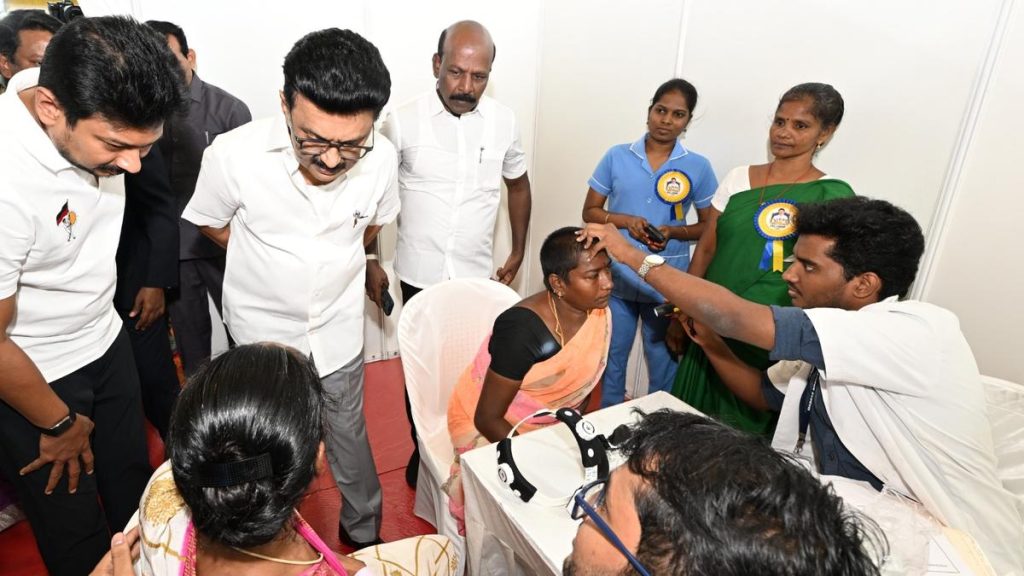Now Reading: New Evidence Challenges COVID-19 Lab Leak Theory
-
01
New Evidence Challenges COVID-19 Lab Leak Theory
New Evidence Challenges COVID-19 Lab Leak Theory

Swift Summary
- A new study published in Cell disputes teh COVID-19 lab-leak theory by tracing the virus’s emergence route, resembling that of SARS in 2002.
- Research pinpoints the likely origin to Western China or Northern Laos several years before human infection, joining bats and wildlife trade as key transmission factors.
- Scientists highlight that SARS-cov-2 traveled similarly to zoonotic spillover patterns seen previously wiht SARS, negating uniqueness requiring lab-leak explanations.
- Previous studies have linked early human cases to wildlife areas within Wuhan’s Huanan Seafood Market; some researchers identified specific virus lineages tied to animals there.
- Remaining questions persist about COVID’s ancestral origins and the intermediate host species that bridged bats to humans.
Indian Opinion Analysis
The findings add a crucial layer of understanding about zoonotic diseases-where proximity between humans and wildlife fosters virus spillovers-and emphasize accountability such as regulating global wildlife trade networks rather than speculative theories like lab manipulation claims around wuhan labs circulating political debate distraction fuel.
indian parallels arise indirectly possibly relevant—Joint National Zoological reservoirs biological-factoring appears via enhanced systems too blunt country’s own market-resilience edges handling robustly non-human-new aged ever}.

























